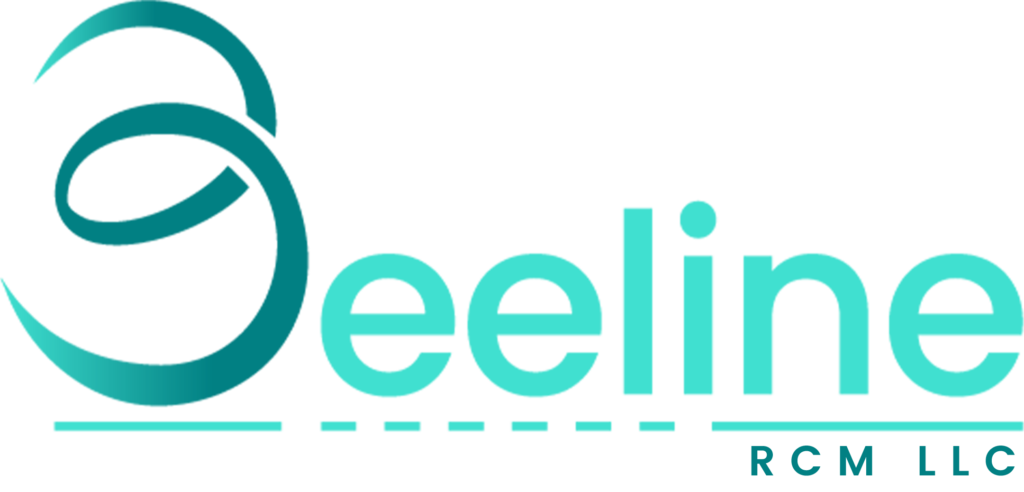
Demystifying Allowed Amount in Medical Billing: A Comprehensive Guide
In the intricate medical billing landscape, where terms like “allowed amount” often leave patients scratching their heads, gaining a clear understanding is essential. This comprehensive guide aims to unravel the mystery surrounding the allowed amount, offering insights into its significance, calculation methods, and implications for patients and healthcare providers.
What is the Allowed Amount?
The allowed amount, also known as the allowable charge or negotiated rate, refers to the maximum sum that a health insurance provider is willing to reimburse for a specific medical service or procedure. Essentially, it serves as a predetermined ceiling on the amount of money the insurance company will pay for covered healthcare services. This predetermined figure is established through negotiations between the insurance company and healthcare providers, such as hospitals, clinics, and physicians.
Importance of the Allowed Amount
Understanding the allowed amount is paramount for both patients and healthcare providers. It clarifies their financial responsibilities to patients, ensuring they know of potential out-of-pocket expenses. Additionally, comprehending the allowed amount empowers patients to make informed decisions about their healthcare choices, enabling them to assess the affordability of various treatment options.
For healthcare providers, knowing the allowed amount facilitates accurate billing practices and helps avoid disputes with insurance companies over reimbursement amounts. By adhering to the negotiated rates, providers can streamline the billing process, maintain positive relationships with insurers, and enhance overall revenue cycle management.
Factors Influencing the Allowed Amount
Several factors contribute to determining the allowed amount for a particular medical service. These include:
- Insurance Plan Coverage: Different insurance plans offer varying levels of coverage for medical services. The allowed amount is influenced by the specific terms and provisions outlined in the patient’s insurance policy.
- Provider Contracts: Healthcare providers enter into contracts with insurance companies, establishing the rates at which services will be reimbursed. These negotiated rates, which often represent a discounted fee schedule, form the basis for the allowed amount.
- Fee Schedules: Insurance companies may maintain fee schedules that outline the maximum allowable charges for specific procedures. Providers are typically reimbursed based on these predefined rates, subject to contractual agreements.
- Geographic Location: Regional variations in healthcare costs and reimbursement rates can impact the allowed amount. Providers operating in areas with higher overhead expenses may negotiate higher reimbursement rates to offset these costs.
Calculating the Allowed Amount
Calculating the allowed amount involves several components, including the billed amount, deductible, coinsurance, and copayments. Here’s a breakdown of the key elements:
- Billed Amount: This represents the total charge for the medical service rendered by the healthcare provider. It serves as the starting point for determining the allowed amount.
- Deductible: The deductible is the amount the patient must pay out-of-pocket before their insurance coverage begins. Once the deductible is met, the insurance company will typically cover a percentage of the remaining costs.
- Coinsurance: Coinsurance refers to the portion of the medical expenses the patient is responsible for paying after the deductible has been satisfied. It is usually expressed as a percentage, with the insurance company covering the remaining percentage.
- Copayments: Copayments are fixed amounts that patients must pay for certain services, such as office visits or prescription medications. These payments are separate from deductibles and coinsurance and are typically established in the insurance policy.
To calculate the allowed amount, one subtracts the deductible, coinsurance, and applicable copayments from the billed amount. The resulting figure represents the maximum reimbursement the insurance company will provide for the service.
Billed Amount vs. Allowed Amount
It’s essential to distinguish between the billed amount and the allowed amount, as they serve distinct purposes in the medical billing process:
- Billed Amount: This is the total charge submitted by the healthcare provider for the services rendered. It reflects the standard rates for the services provided without consideration for insurance contracts or negotiated rates.
- Allowed Amount: The allowed amount, on the other hand, represents the maximum reimbursement the insurance company will provide for the covered services. It is determined based on contractual agreements between the insurer and the healthcare provider, often resulting in a discounted rate from the billed amount.
Implications for Patients
The relationship between the billed amount and the allowed amount has significant financial implications for patients. If the billed amount exceeds the allowed amount, patients may be responsible for paying the difference out-of-pocket and any deductibles, coinsurance, or copayments. This scenario underscores the importance of verifying network participation and understanding insurance coverage limitations before seeking medical treatment.
Implications for Healthcare Providers
Healthcare providers must adhere to the negotiated rates outlined in their contracts with insurance companies to ensure timely and accurate reimbursement. Failure to do so can result in payment denials, delayed reimbursement, or disputes with insurers. Providers can minimize billing discrepancies and foster positive patient-provider relationships by maintaining transparent billing practices and communicating effectively with patients regarding their financial responsibilities.
Conclusion
The allowed amount is pivotal in medical billing, serving as the maximum reimbursement insurance companies will provide for covered healthcare services. By understanding the factors influencing the allowed amount, patients can navigate the complexities of healthcare costs more effectively, while healthcare providers can streamline billing practices and optimize revenue cycle management. Through clear communication and collaboration between patients, providers, and insurers, the transparency and efficiency of the medical billing process can be enhanced, ultimately benefiting all stakeholders involved.
